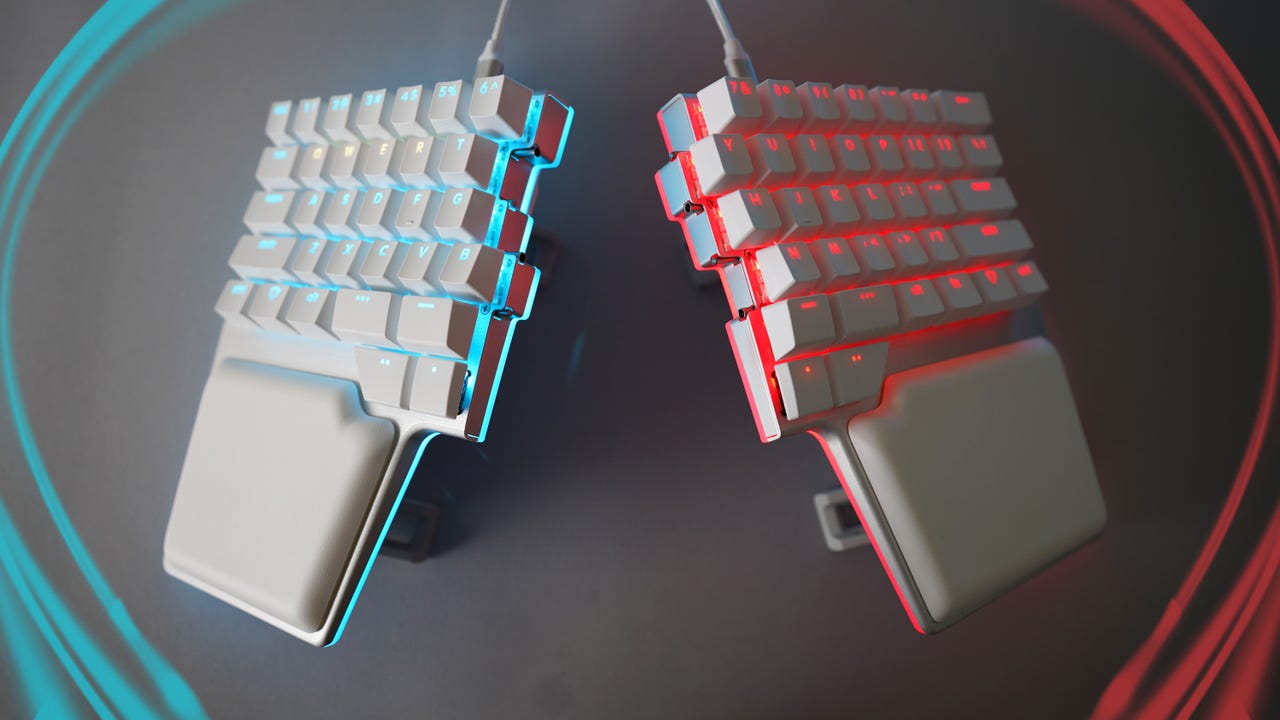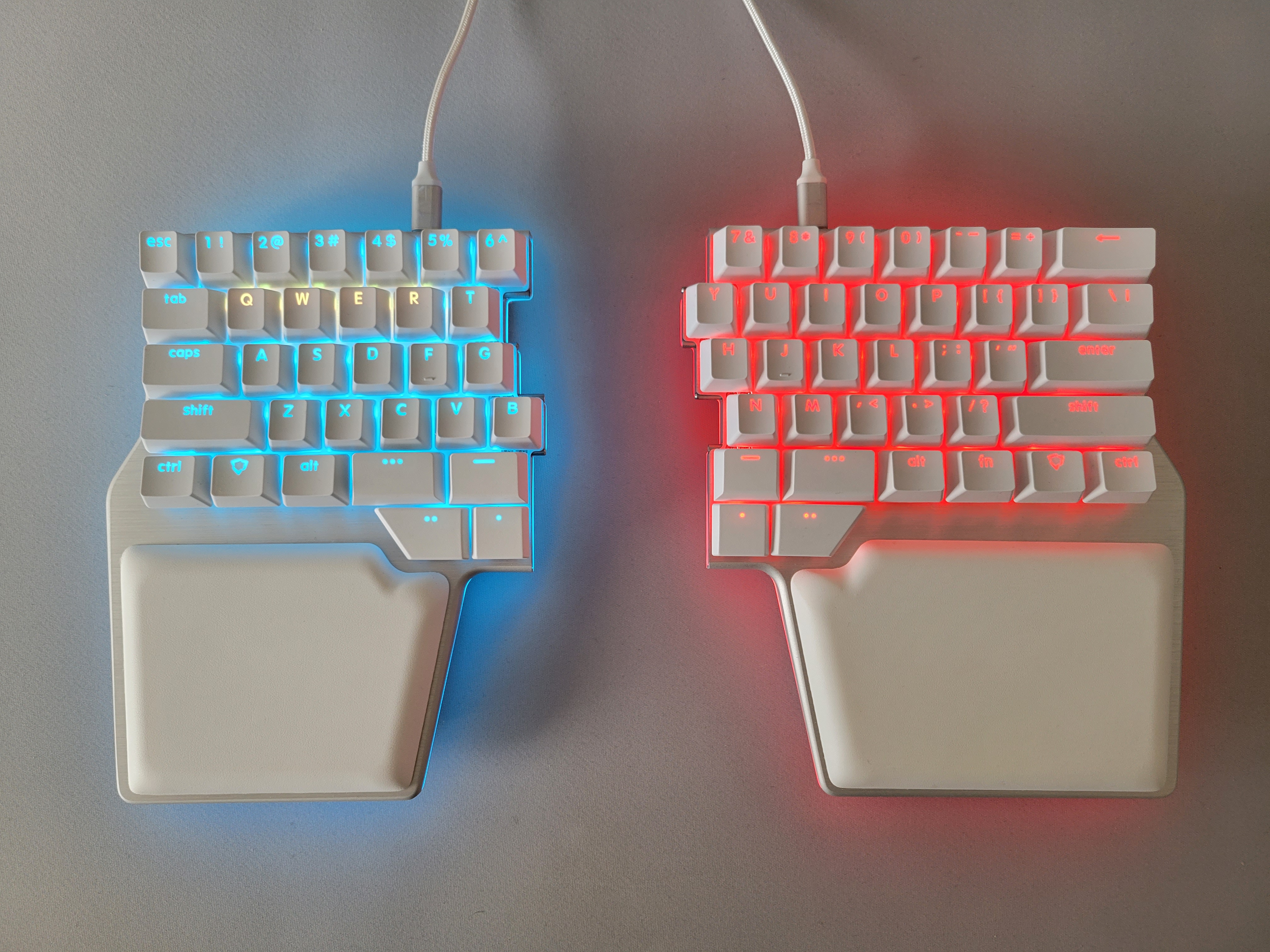































 June Wan/ZDNet
June Wan/ZDNet Gaming keyboards come in all shapes and sizes. They're often built with the clickiest of keys, plastered with RGB lights, and offer "ergonomic support" in the form of cushioned wrist rests. However, as most typists and industry professionals can attest to, a true ergonomic keyboard goes beyond the extra padding. And until now, there has yet to be a full-fledged ergo keyboard that's just as good for gaming as it is for physical health.
Esports Professionals in their early 20s suffer from frequent neck, back, and wrist issues. If they're already experiencing health problems, what will it be like in 10 years?
That's what Luis Sevilla, Dygma CEO and a former eSports coach of the two-time LEC champions Fnatic, set out to resolve when he turned his career-inspired passion project into an ergonomic solution for the masses in 2017. Over the past two weeks, I had the opportunity to test out Sevilla's latest keyboard -- the Dygma Raise -- which was designed to relieve common pain points such as carpal tunnel, ulnar deviation, and extension. The keyboard isn't cheap. But with the bounty of customizable and modular features, its starting price of$319 is an investment that becomes easier and easier to justify over time.

There's no question that the Dygma Raise is a looker. The keyboard fields a 60 percent, or 68-key, layout that ditches the number pad, function keys, and arrow keys, in favor of a smaller form factor. In doing so, the Raise feels a lot more compact than traditional tenkeyless (87 keys) and full-size (104 keys) offerings.
What really sets the Raise apart from other ergo alternatives is its split design. Split keyboards are nothing new, and Dygma's angular approach does a reliable job at keeping elbows pointing outwards (instead of against the body) when typing, wrists well rested against the soft-touch cushioning, and shoulders aligned with the back. All of this makes for a more natural typing experience, free of any long-term discomfort. "A normal keyboard forces the wrists to bend towards the pinky side of our hand. Rotating the Raise's halves lets you keep your wrists at a neutral angle, decreasing pressure and strain over time," said Sevilla during an interview.
The only caveat that I've found, really, is the need to recalibrate my touch-typing and muscle memory. Then again, that applies to all split keyboards.
A separately-sold tenting kit can be installed to the base of the Dygma Raise and is meant to reduce the pronation of your wrists. Pronation occurs when your palm is face down, like when typing on a traditional slab keyboard. In this position, the ulna and radius bones of your forearm are actually twisting in a manner that reduces blood flow and can be discomforting.
With the tenting kit, the inner sides of the Dygma Raise can be elevated up to four pegs of degrees (10
 Tags chauds:
Notre processus
Maison & bureau
Divertissement à domicile
Jeux de hasard
Accessoires de jeu
Tags chauds:
Notre processus
Maison & bureau
Divertissement à domicile
Jeux de hasard
Accessoires de jeu